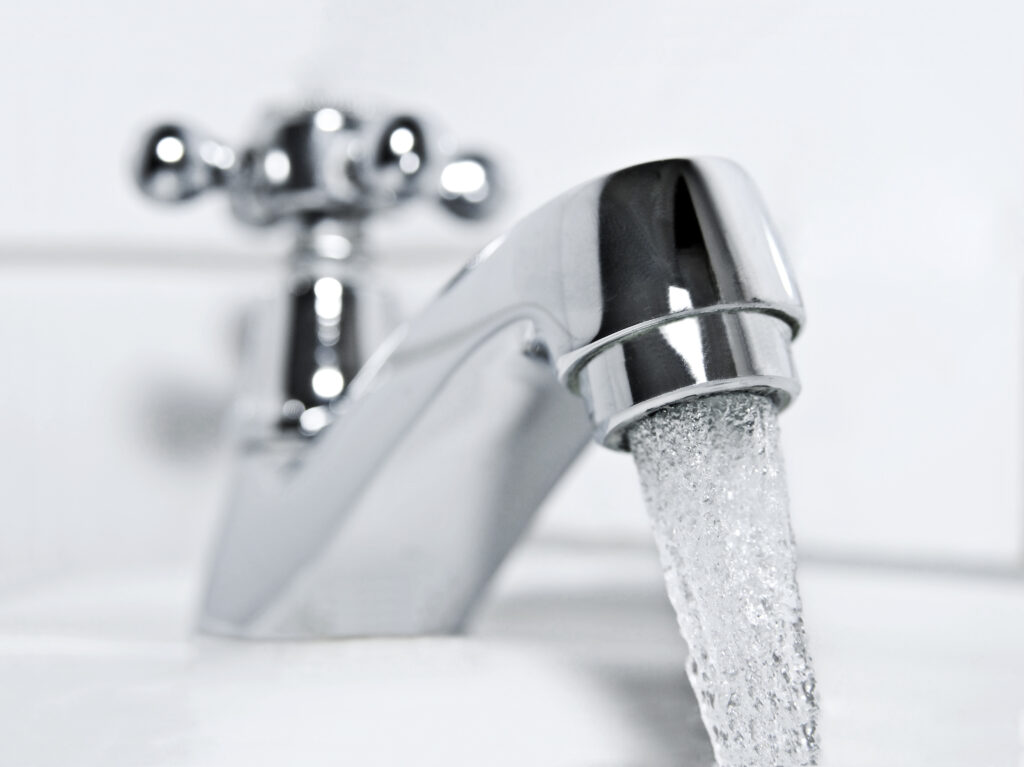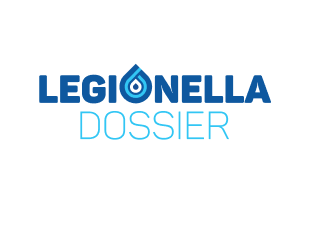Legionella and the Christmas holidays

Christmas is a festive time, when people take time off to spend with family and friends. This means that many buildings will be empty over the next few weeks, which can make legionella infection a real concern. And with the coronavirus not taking any time off, it’s hard to imagine what January will look like, but it’s unlikely that all buildings will be in full use.
It may not be the first thing on your mind, but even when your building is not in use, it is essential that all legionella prevention tasks are carried out. To clarify a few things, we have listed some questions that we tend to encounter and have tried to provide satisfactory answers.
Should I still carry out prevention tasks, even if my building will not be used for weeks?
Yes, it is important to keep carrying out your tasks. This way, if needed, you can prove through your legionella log that you have fulfilled all your legal obligations. If you do not complete these tasks regularly, and only do them just before the building is used again, the responsible person runs the risk of contracting a legionella infection.
Automation can play an important role in keeping the control regime efficient in buildings that are used irregularly. For example, using a digital platform that generates prevention tasks itself, you can be sure that you only do tasks that are necessary.
I use an external person for prevention tasks, they do not have access to the building when it is closed and security personnel is absent. How do I let them in?
If your building is normally staffed with security people checking visitors’ credentials and letting them in, chances are that they will not be there during the holidays. It is, however, advisable to have them come in once a week for an hour or so, to let the responsible person for legionella prevention in. You can also consider automating as many tasks as possible using sensors.
During the holidays, the heating in my building is switched off. Does this decrease the chance of problematic legionella growth?
Usually, the legionella bacteria’s growth slows when temperatures drop below 20 degrees. That does not mean that there is no risk: the bacteria still grows, also in water with lower temperatures. If water is stagnant for a prolonged period of time, the chances of legionella infection increase. For this issue, you may also want to consider sensors: these monitor temperatures within pipes constantly and can generate flushing tasks when necessary.
Interested?
Experience the benefits yourself!




